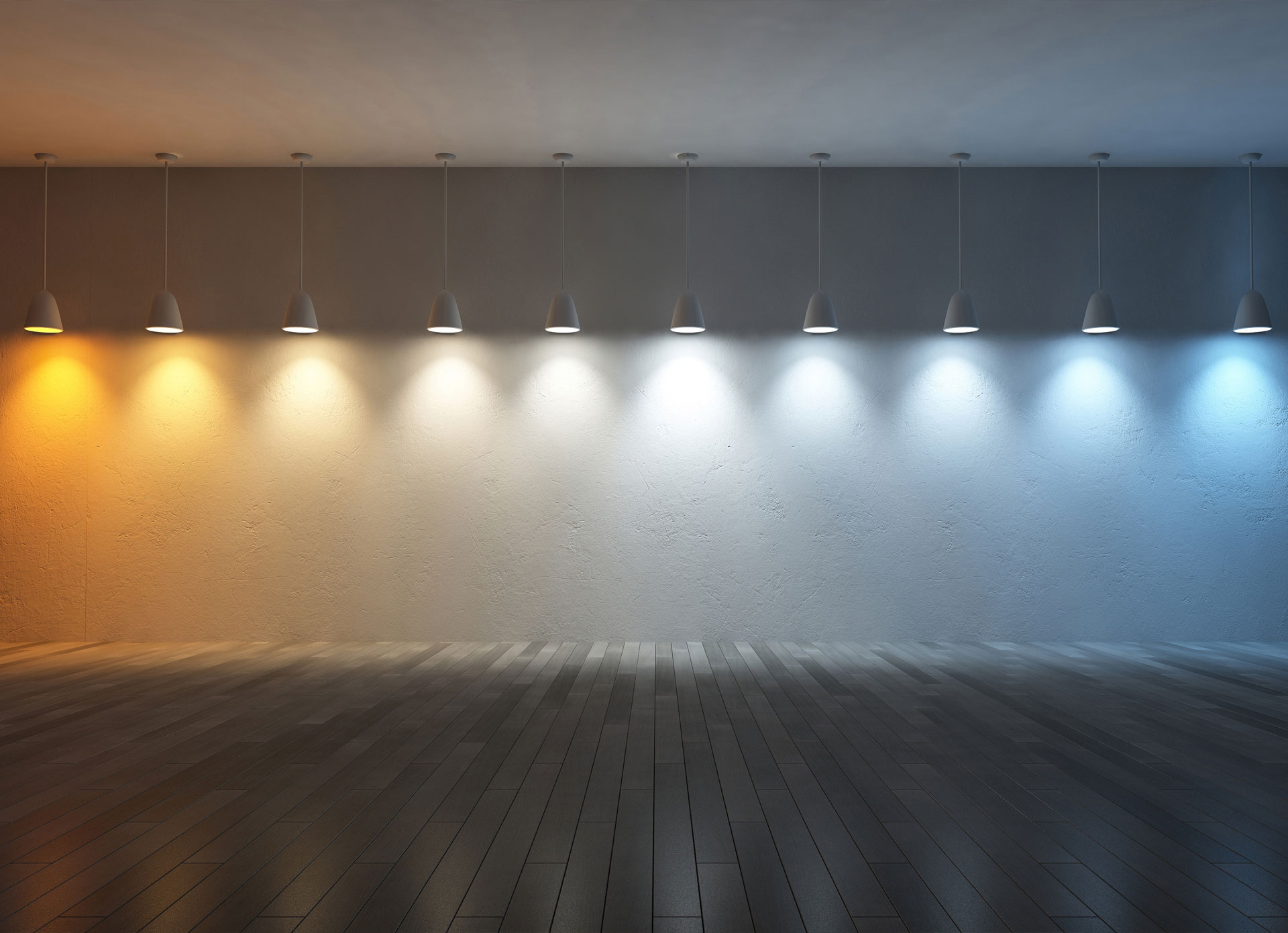
Lighting Quality Features, Part II
Light colour and colour rendering
Quality feature light colour
Light colour describes the intrinsic colour of the light emitted by a lamp. It is measured as colour temperature in Kelvin (K). In the home, warm white light (below 3,300 K) is most commonly used. In offices, shops or public areas, neutral white (3,300 to 5,300 K) and daylight white (above 5,300K) light colours predominate. The reason for this is that neutral or cool white light is activating, whereas warm white light is relaxing. Colour temperature also affects people's circadian rhythms and is an important criterion when planning biologically effective lighting.
Quality feature: colour rendering
Good colour rendering makes all the difference. The colour rendering property of a light source indicates how natural the colours of our surroundings appear under its light. If food, for example, appears fake or bland, this is usually due to poor colour rendering. The colour rendering index reflects the quality of the light source. A colour rendering index of Ra = 100 is optimal. For living rooms, at least Ra ≥ 80 should be used. Halogen lamps achieve Ra 100, LEDs Ra 90-98 and energy-saving lamps usually Ra ≥ 80.

© This text is based on content from licht.de
